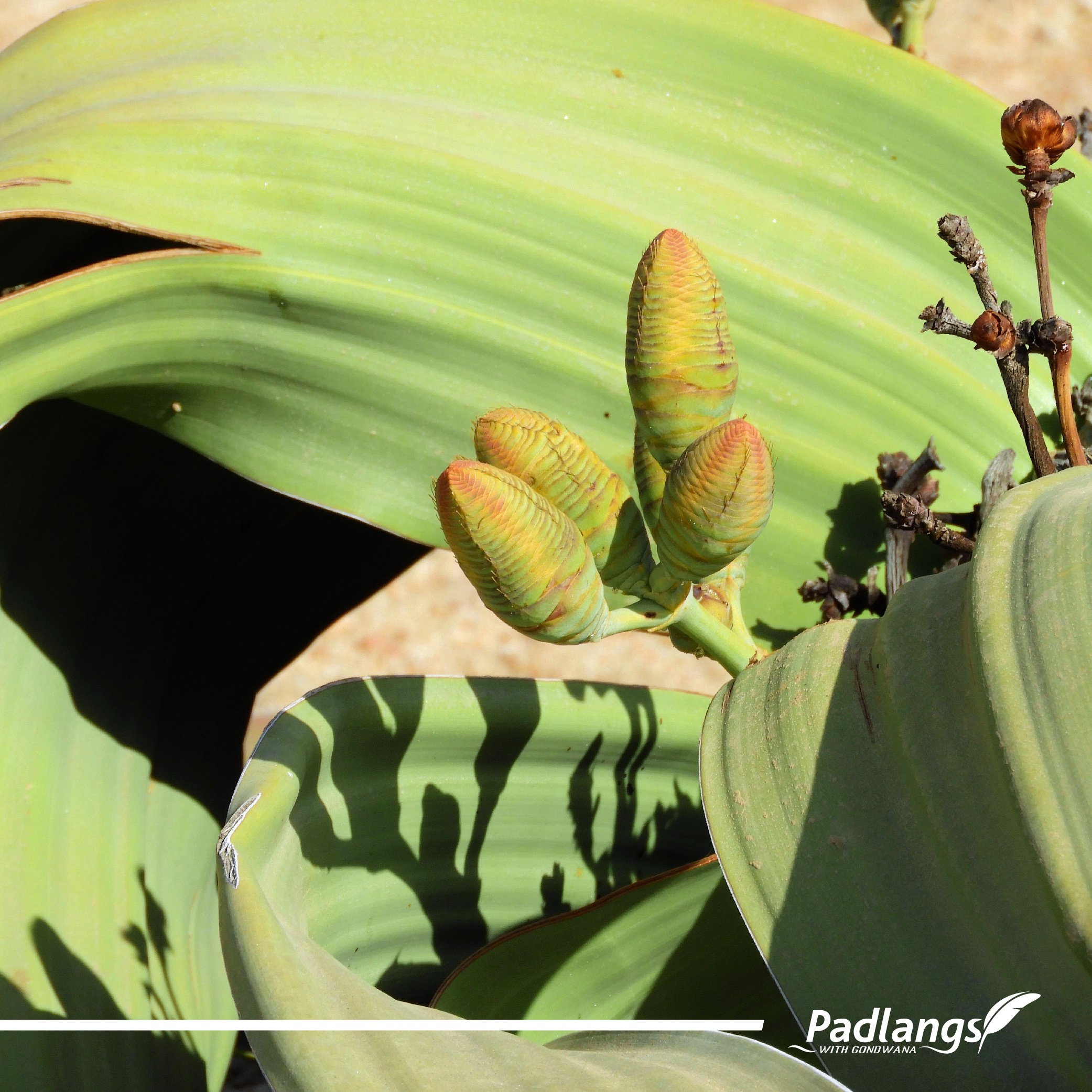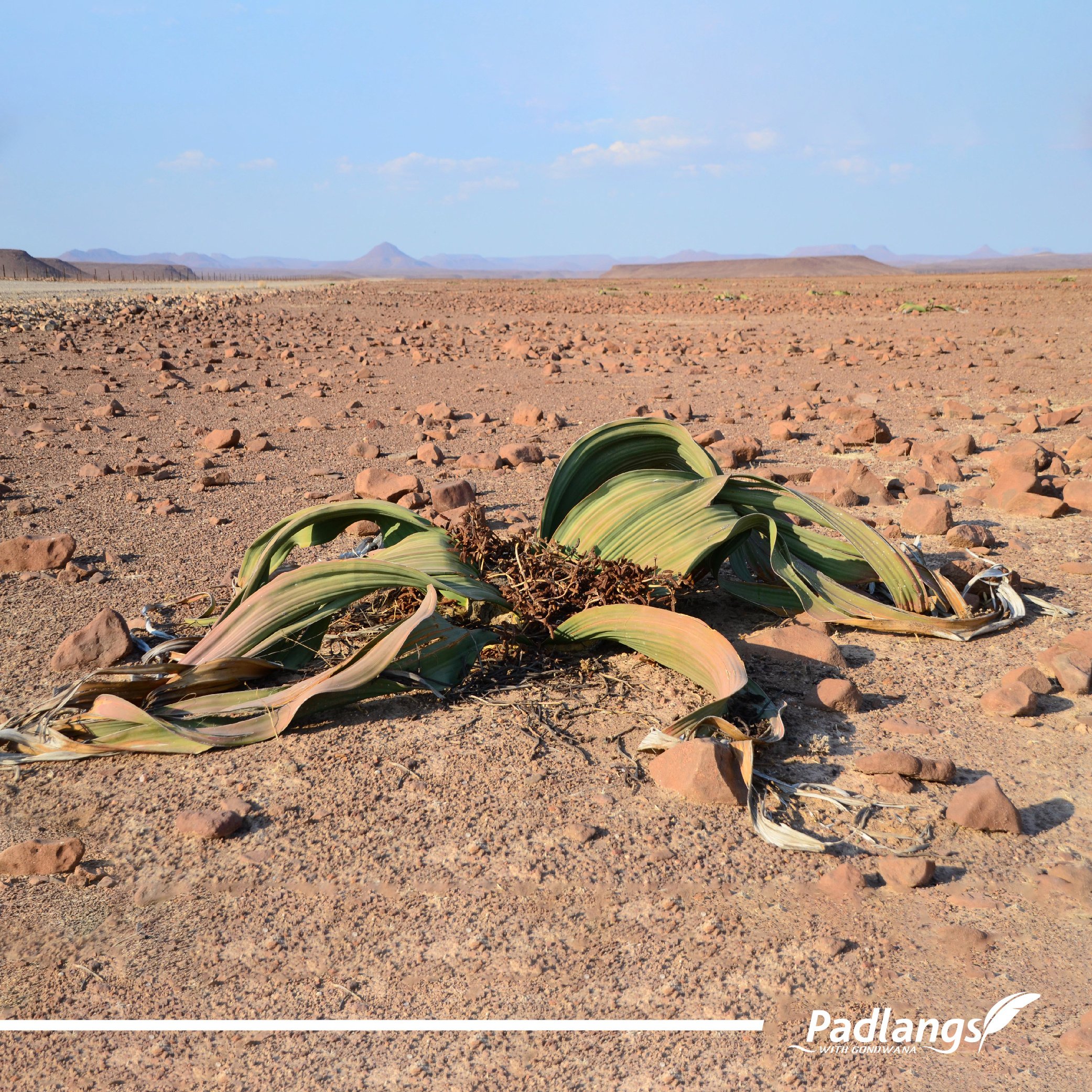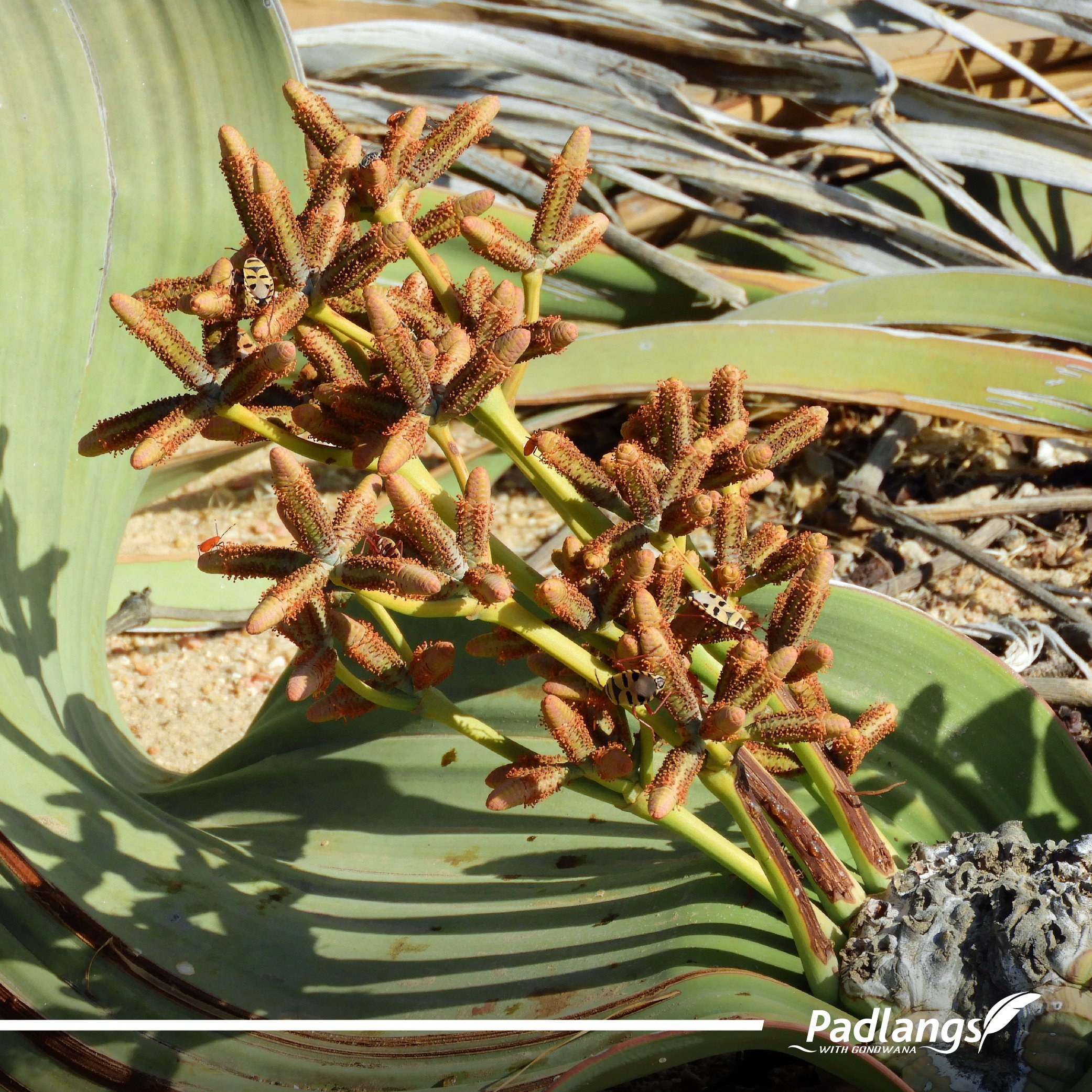Among Namibia’s many wonders is the welwitschia plant, which naturalist Bernard Carp referred to in the 1960s as the ‘Octopus of the Namib Desert’.
He wasn’t the first and wouldn’t be the last who was amazed at this gigantic plant that looks like no other and which survives in isolated communities along the narrow coastal belt of the Namib Desert, running from Namibe in southern Angola to the Kuiseb River in Namibia and up to 100km inland.
Friedrich Welwitsch, Austrian botanist and naturalist, was so taken with the plant when he first cast eyes on it in southern Angola on 3rd September 1859 that he is said to have fallen to his knees. ‘ ... I am convinced that I saw the most beautiful and magnificent botanical wonder that tropical southern Africa can present’, he wrote. It also made an impression on artist and explorer, Thomas Baines, when he came across a specimen in the Swakop River in 1861.

And it created a flurry of excitement and bewilderment in the scientific realms. Where did this remarkable plant - believed to be related to prehistoric flora only known through fossil records - fit into the plant kingdom? With characteristics of both gymnosperms (seed-producing plants like cones and cycads) and angiosperms (flowering plants), the ‘living fossil’ had scientists flummoxed. Welwitschia’s ancestors are thought to have lived as far back as the Jurassic period, 145- to 200-million years ago when dinosaurs still roamed the planet and when gymnosperms were abundant, surviving and adapting as the environment became more arid. Eventually, scientists gave the plant its own family in the small order of gymnosperms, the Gnetales. The species was named Welwitschia mirabilis to honour the Austrian botanist, with the inclusion of the Latin word ‘mirabilis’ meaning wonderful or marvellous.
Also known as ‘tweeblaarkanniedood’ in Afrikaans, this extraordinary plant can live up to a thousand years – or more. Yet, it only produces two long leathery leaves in its lifetime which grow from its woody base and are shredded into strips over the years in the heat and wind. Survival and growth of welwitschia is a precarious endeavour as it depends on perfect conditions for germination with only one seed in a thousand reaching maturity. While the plants channel moisture from the coastal fog to their shallow lateral roots, their tap roots search for water underground.

The female and male plants are easily differentiated by their orange-coloured cone-like structures, the female producing the larger ‘cones’ and the males producing the smaller, more oblong-shaped ‘cones’. Although the plants appear to be wind-pollinated, pollination is attributed to wasps and insects that travel between the male and female plants. The seeds are dispersed by wind.
A protected species and Namibian national symbol, this Namib endemic continues to amaze all who are privileged to come across it. These grandparents of the floral kingdom remain one of a kind.

(References: Welwitschia mirabilis, PlantZAfrica (sanbi.org); The Wondrous Welwitschia by Antje Burke, Flamingo 1999)


.jpg)
.png)





.png)

SUBMIT YOUR COMMENT